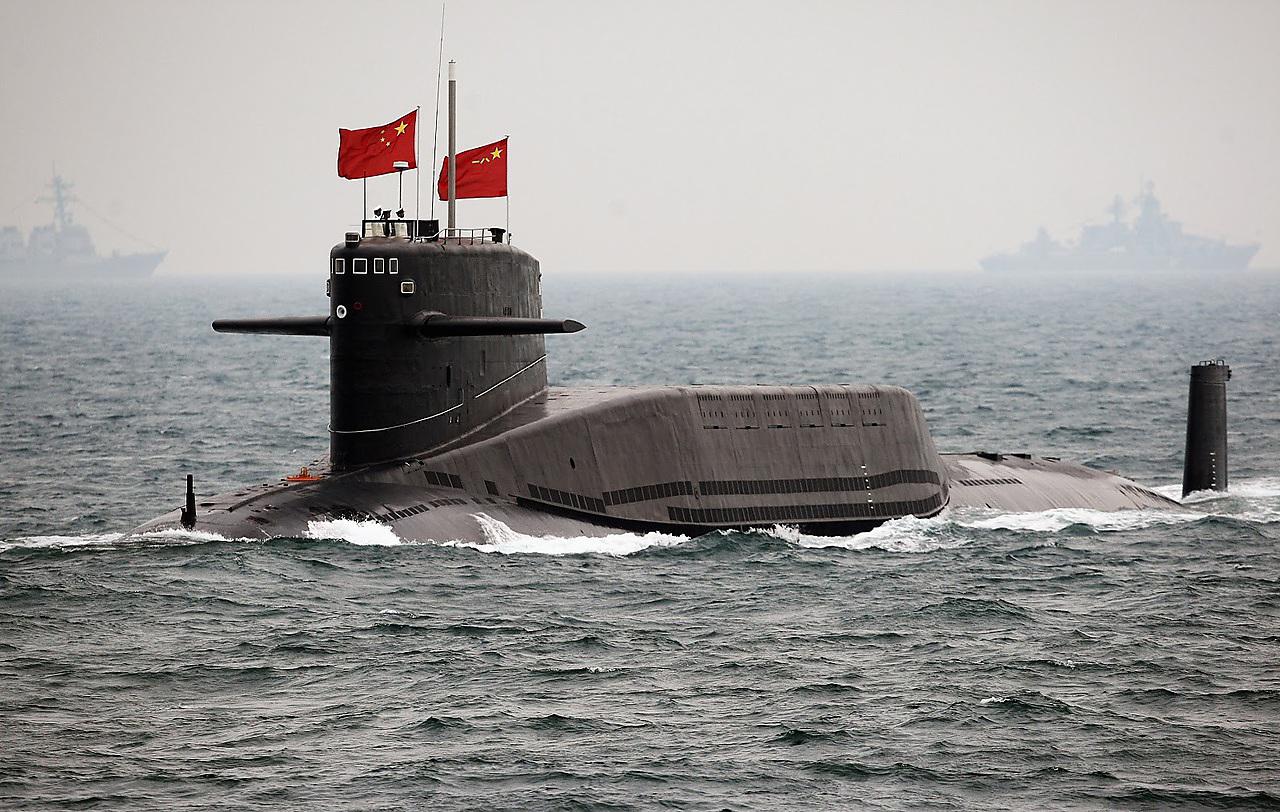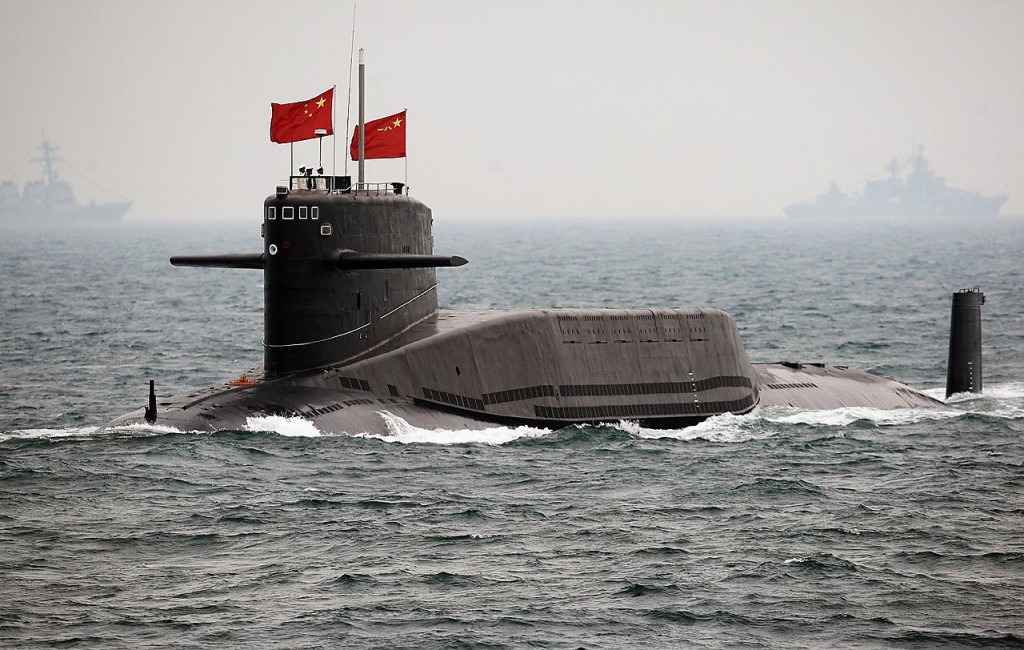China is planning to send two nuclear-powered ballistic missile submarines to the West Philippine Sea before the end of the year, a Japanese newspaper reported.
According to a Yomiuri Shimbun newspaper report, quoting Hideaki Kaneda, director of the Okazaki Institute and a former admiral in the Japanese Maritime Self-Defense Force, China will deploy at least two Type 094 Jin-class ballistic missiles submarines. These vessels will be deployed on patrol missions from their Naval Base complex at Ylong bay, on the Chinese island of Hainan, in the South China Sea.
The Type 094 Jin-class ballistic missiles submarines are equipped with 12 JL-2 three-stage, solid-fuelled, submarine-launched, ballistic missiles. The range of the JL-2 ballistic missiles is 7,400-8,000km, and they are armed with four 90kt warheads, or a single 250–1,000kt warhead.
The sudden decision of China to deploy two ballistic missile submarines to the West Philippine Sea indicates a “covert purpose”, as Yoji Koda, a former commander in chief of the Japanese Maritime Self-Defense Force, notes. According to the Japanese newspaper this is Beijing’s attempt to advance its nuclear-powered ballistic missile submarines from the West Philippine Sea to the Pacific Ocean.
China’s decision to deploy the two ballistic missile submarines to the West Philippine Sea is based on the complicated topographic formation of the region. The West Philippine Sea is a vast area, and has a maximum depth of about 4,000 meters. As the Japanese newspaper said,
“…this helps enhance the degree of freedom of action for submarines, indispensable for offshore military operations when seeking to evade the enemy”.
According to the Japanese naval expert Hideaki Kaneda,
“Submarines on a mission can quickly submerge in deep waters,” and avoid their enemies. On the contrary, the East China Sea has a depth of only about 200 meters from the Chinese coast to the Okinawa trough, restricting any possible escape route for large nuclear powered ballistic missile submarines.”
In addition, China is trying to send a direct message to neighbouring countries, showing that it is determined to protect its interests in the West Philippine Sea, where the Chinese Navy is building artificial islands on the rocks and the reefs of the Spratly Islands complex.
In total China has been working on six land reclamation projects in this area since 2013, at Kennan and Burgos reefs, Johnson reef, as well as Mischief and Fiery Cross reefs. The last one especially is going to become a major Chinese base in the region, which will be able to accommodate warships, oil tankers, replenishment ships, a military garrison and aircraft.
According to the Pentagon, China is building a 3,000 meter long runway at Fiery Cross reef, which will serve as a forward operation and supply base of the Chinese military.
As the Yomiuri Shimbun newspaper said,
“The entire area of the South China Sea could be covered by operating China’s military mainstay Su-30 fighters and H-6 bombers, which have operational ranges of about 1,500 kilometers and 1,800 kilometers respectively. This would make it easier to secure air superiority. If the artificial island were to become a base for fighter jets, China would be able to increase pressure on the US military, among others.”
Additionally the initiative of China to send the two Type 094 Jin-class submarines to the West Philippine Sea is the first step of the Chinese Navy to expand its presence into the Pacific Ocean. This sends a direct message to the US Navy that soon Chinese submarines will start patrolling west of Taiwan and the Philippines.


